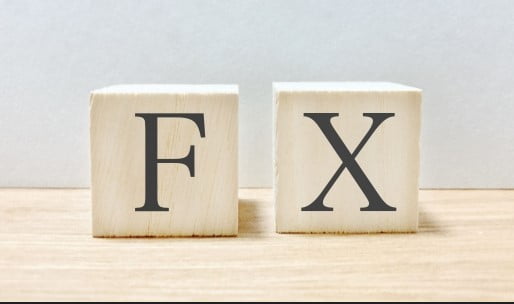Master It Now! Make FX Candlestick Wicks Your Trading Ally
Master It Now! Make FX Candlestick Wicks Your Trading Ally
In the FX trading world, candlestick wicks are crucial signals. Many traders see them on charts but don’t fully understand their meaning. By learning about FX candlestick wicks, your chart reading skills can level up fast! Let’s break down what these wicks mean and how you can use them in your trades.
📈 What Are FX Candlestick Wicks?
An FX candlestick wick shows price movement beyond the candlestick’s body. The wick at the top is called the “upper wick,” and the one at the bottom is the “lower wick.” Each tells you how far the price moved before returning to the closing price.
🔍 What Does the Upper Wick Mean?
The upper wick means buyers pushed the price up but sellers eventually forced it back down. A long upper wick on an FX candlestick often signals strong selling pressure.
🔎 What About the Lower Wick?
The lower wick shows that sellers drove the price down but buyers stepped in and pushed it back up. A long lower wick on an FX candlestick can indicate strong buying pressure.
💡 Trading Tips Using Wicks
Wicks reflect price battles between buyers and sellers. For example, a long lower wick may hint at a possible price rebound. But remember: don’t rely on wicks alone—combine them with other indicators for safer decisions.
📊 Best Indicators to Combine With Wicks
- Moving Averages
- RSI (Relative Strength Index)
- Bollinger Bands
By combining FX candlestick wicks with these indicators, you’ll spot entry and exit points more clearly.
🚀 Summary: Wicks Are Your Friend!
FX candlestick wicks reveal market psychology. Reading them wisely can boost your success in trading. Start watching those wicks on your charts today!



コメント